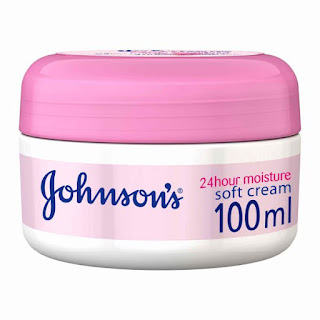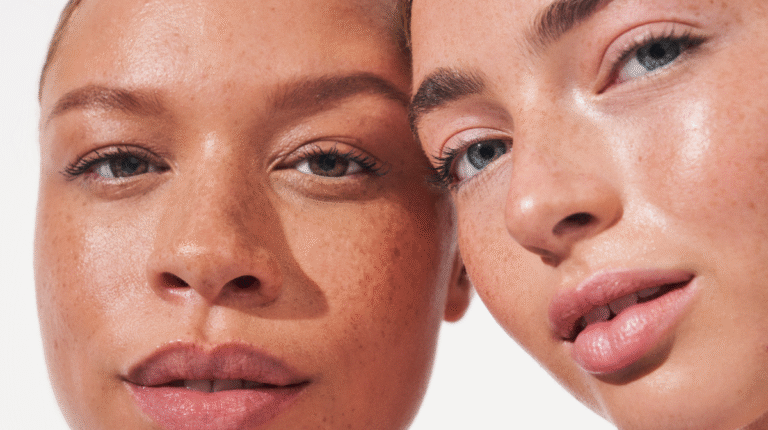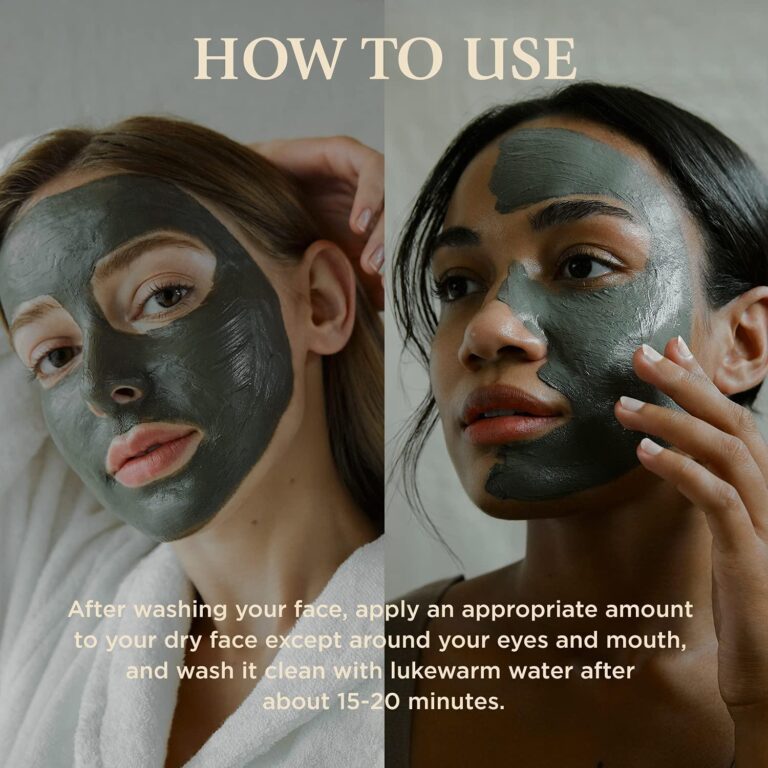Johnson pink cream is one of the most important members of Johnson’s Signature Collection, this cream is an ideal type of cream used for moisturizing and has many distinctive benefits, and is a great cream for adults and children.
Uses of Johnson’s pink cream
– The cream is used to treat skin irritation.
– It is used to treat diaper rash .
Benefits of pink Johnson
Johnson cream for crack treatment
The lips are exposed to many cracks in the winter, due to several factors including cold and humidity to the change in the winter climate, in addition to neglect and lack of attention to peeling and moisturizing, so the cream is used to moisturize the lips and remove cracks, and not only that, but also treat cracks elbows and heels.
Johnson Hair Removal Cream
Johnson Hair Removal Cream is used by scraping a small amount of the place from which the hair will be removed, then gently massage the area until the skin is absorbed, then use the blade to remove the hair and then wash the area after the removal process, also used to moisturize the skin and remove the redness caused by waxing.
To eliminate the smell of sweat
Sweat natural body secretions , to get rid of excess water and salts inside, and sweating is one of the processes carried out by the body and usually carries the smell of sweat, for the rapid activity of bacteria in the armpit area, and the cream plays an important role in relieving the smell of sweat in the body, in addition to giving
Cases where a doctor must be consulted before using the cream
– If you are allergic to Johnson’s baby creams, allergic to Dimethicone (topical products), or any part of this substance.
– If you are allergic to any medicine like this, or any other medications, foods, or other substances, tell your doctor about the allergy and what signs you have of it, such as rashes and hives, as well as in case of shortness of breath or wheezing.
– Also in case of cough or swelling of the face, lips, tongue or throat; or any other signs.
Interactions of Johnson’s cream with drugs
Tell your doctor and pharmacist about all your medications (whether or not you take them, natural products, vitamins ) and health problems, and you should check to make sure that it is safe for you to use Johnson pink cream with all medications and health problems, and do not start, stop or change the dose of any medication without seeing your doctor.
Johnson’s pink cream uses and benefits
– This drug is used as a moisturizer to treat or prevent dry or rough skin dryness, prevents itching or minor skin irritation (such as diaper rash and skin burns from radiation therapy), emollients are substances that soften and moisturize the skin and reduce itching and cracks, and some products (for example, zinc oxide, White Vaseline, and mostly serve to protect the skin from irritation.
– Dry skin occurs due to the loss of water in the upper layer of the skin, and moisturizers such as Johnson’s cream work by forming a fatty layer on the upper part of the skin, those that trap water in the skin, and this type of cream consists of a number of elements, including petroleum jelly, lanolin, mineral oil, Methicone and common emollients, those that provide moisture, the cream also contains glycerin, lecithin and propylene glycol,
– Also contains ingredients work to soften the article corneum (keratin) that contain the top layer of skin cells together (e.g., urea, alpha hydroxy acids such as lactic acid / lemon / glycolic state ), and this helps to fall dead skin cells, and helps the skin to retain more water, and leaves the skin smoother and soft.
Side effects of Johnson’s pink cream
Although it may be rare, some people may experience very bad side effects, and seek medical help immediately if you have any of the following signs or symptoms that may be related to a very bad side effect:
– Signs of an allergic reaction, such as rash; chills; redness, swelling, ulceration or peeling of the skin with or without fever, as well as wheezing or tightness of the chest or throat, difficulty breathing or speaking, unusual hoarseness or swelling of the mouth, face, lips, tongue or throat.








